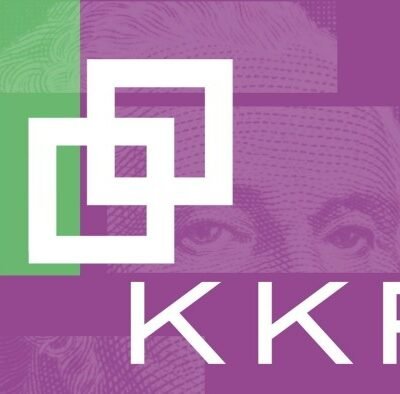The Russell 2000 has tried on several occasions to break its historical highs, but without success. However, it seems that the third time could be the charm, driven by the clarity in the speech of the Federal Reserve Chairman, Jerome Powell, regarding the imminent reduction of interest rates.
A mixed outlook for small caps
Despite the fact that 40% of the companies in the Russell 2000 are currently in losses, the index continues to offer a significant variety of options for managers. This is an environment where active management can make a difference, carefully selecting those companies with the greatest growth potential in a changing economic environment.
The profitability of small-cap companies has been low both in absolute and relative terms, and this has its reasons. Small caps often face challenges such as poorer corporate governance, weaker financial ratios, lower levels of productivity, and higher financing costs. In addition, the lower activity in mergers and acquisitions due to high interest rates has limited their capacity for expansion and operational improvement.
Is it time to increase positions in small caps?
Some analysts believe that it is a good time to increase positions in small-cap companies. The ideal macroeconomic situation for these companies includes a reduction in short-term interest rates, as many of them have variable rate debt. In addition, sustained economic growth in the United States, where most of these companies have their focus, could provide a significant boost.
Historically, the relative valuations of small-cap stocks versus large-cap stocks have only been this low on two occasions: during the dotcom bubble of 1999-2000 and during the financial crisis of 2007. This suggests a potential opportunity for investors seeking long-term value.
Financial leverage: a double-edged sword
The leverage of these companies, combined with the anticipated drop in rates, could significantly improve their income statements. The decrease in financial costs resulting from a reduction in interest rates could be a crucial catalyst for profit growth, making the sector particularly attractive at this time.
Although analysts often make mistakes in their predictions, the trend towards a recovery of profits in 2025 seems evident. In addition, the revival of the corporate operations market is a positive sign for the sector, as cheaper financing usually drives business growth through mergers and acquisitions.

European, American and global small cap equity funds:
| Fund | ISIN | Annualized return over 5 years | Region |
|---|---|---|---|
| Alken Fund – Small Cap Europe Class | LU0300834669 | 11.05% | Europe |
| Magallanes Microcaps Europe | ES0159202011 | 11.59% | Europe |
| Templeton European Small-Mid Cap Fund | LU0138075311 | 6.27% | Europe |
| Janus Henderson Horizon Global Smaller Companies Fund | LU1984712676 | 15.31% | Global |
| Horos Value Internacional FI | ES0112602000 | 14.87% | Global |
| Cobas Internacional | ES0119199000 | 12.50% | Global |
| CT (Lux) – American Smaller Companies | LU1864950479 | 13.97% | USA |
| Goldman Sachs US Small Cap Equity Portfolio | LU1829250395 | 11.62% | USA |
| T. Rowe Price US Smaller Companies Equity Fund | LU0133096635 | 11.58% | USA |





